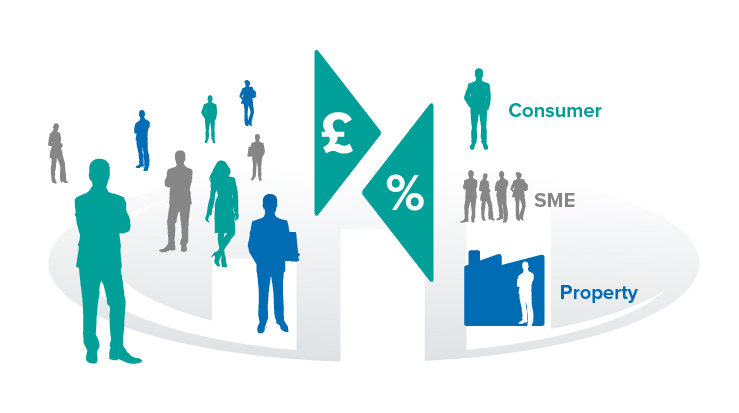
The alternative finance market is expected to be worth £1.74 billion by the end of 2014, an increase of 161 per cent on 2013. As the industry grows, encouraging more consumers and businesses to try an alternative finance model, recent research by Nesta highlighted the need to improve levels of public awareness and understanding.
Nesta’s ‘Understanding Alternative Finance’ report released at the beginning of the month shows that of respondents that are aware of alternative finance but have not used it, 62 per cent expected a greater understanding of where their money goes and equally, 62 per cent require guidance around using the various platforms.
The difficulty is that not all peer-to-peer (P2P) lending platforms use the same model. Even within the relatively niche area of property lending there are numerous platforms – all operating under the umbrella of P2P lending – but actually running very different models.
To explain in more detail:
The traditional P2P model
In the traditional P2P model, the borrower puts their loan requirement on the platform and invites lenders to participate in their loan. The borrower is only successful in receiving the loan when the full loan amount has been funded.
The funding process could be handled in two ways:
- Via an auction. Lenders compete with each other to fund the borrower loan requirement at the lowest rate. Even if the loan is funded in full within the auction time period, lenders can still underbid each other. The borrower’s loan will then have been fully funded by a number of lenders, each offering different interest rates.
In this case, lenders may find it frustrating to spend time researching and understanding the loan they are being offered to participate in, only to decide to lend and then be outbid at the last minute – a bit like an eBay auction.
- Via a fixed rate ‘auction’. This is where there is a fixed loan amount offering a fixed interest rate and once that loan amount has been funded, the funding process is closed. In this case lenders have certainty that if there is still loan availability and they offer to lend, they are successful.
In both scenarios, the lenders are in control of their lending decision and can decide on a loan by loan basis which borrower or loan they wish to participate in.
The marketplace lending model
Marketplace lending involves the platform itself, or the platform’s finance partner, underwriting and completing the loan with the borrower. Once this process is completed, the platform will sell the active loan down on the platform to interested lenders.
To add to the confusion, within marketplace lending there are two different models:
- The platform lists the loans and some details about the loan (for example the term, interest rate offered), the property and sometimes the borrower. Again the lender has the choice to decide which of these loans he wishes to buy part of. The lender participates in the loan, earning the same interest rate that the borrower is paying.
- Instead of listing the loans, the platform has a list of “interest rate products” which the lender can participate in, for example the lender can receive 3% if they leave their money on the platform for 1 year and 4% if they leave it for 2 years. Interest is usually paid to the lender at the end of that time period, rather than monthly, as is the case with the traditional P2P platform model.
The platform then automatically allocates the money lenders deposit as a one off, or as a weekly or monthly auto allocation against the whole of its loan book. This doesn’t give lenders the opportunity to decide which loans to invest in, but it does mean better diversification across the lender’s whole loan portfolio. The rate the borrower pays for their loan can be very different, as much as 10% pa, to the rate the lender receives interest on their money.
Most platforms offer some sort of secondary market place, which offers lenders the ability to get out of a loan early if they need their money back. However even this is no guarantee that there will be a buyer willing to purchase their loan from them.
The distinctions between these models are important to factor in when deciding which platform would be most suitable for individual lending purposes.
We explore the difference between the types of P2P lending in our article – The three principal types of P2P Lending.


